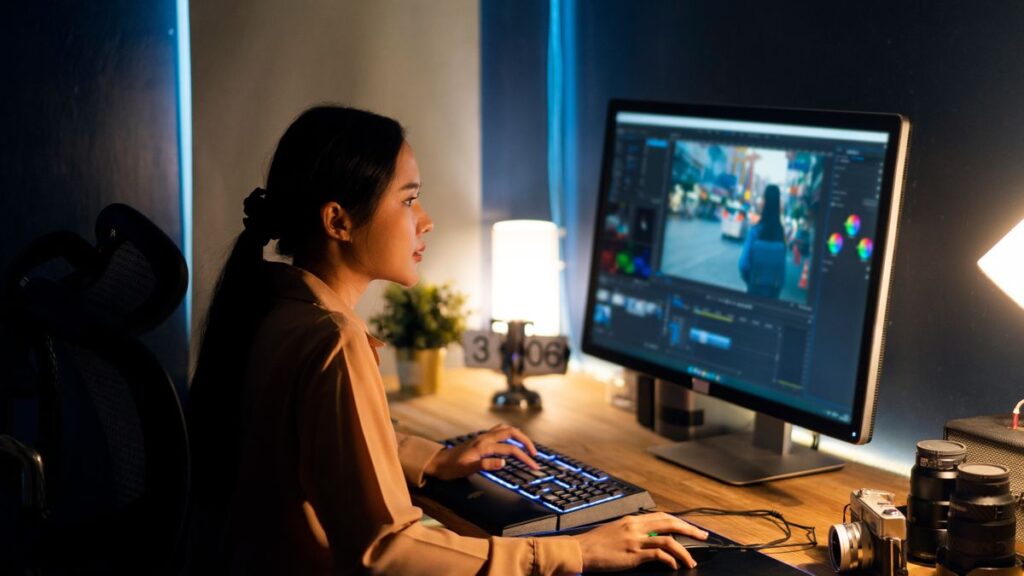Using advanced picture editing techniques in digital photography is akin to creating art, allowing photographers to show their unique creativity. While basic editing tools can enhance photos, sophisticated programs may render them seem like pieces of art. This blog goes into some advanced image editing methods that can help you generate stunning and unique photographs. You can use these editing techniques to make underwater photographs look more magical with the information you have learned from Yvette Heiser Exploring The Art Of Underwater Photography: Reaching New Depths Of Sublimity.

1. Selective Color Manipulation: To desaturate a lot of an image while maintaining certain areas or elements colored is a prime instance of selective color modification. This approach can be quite effective at persuading viewers to pay attention to specific elements of the image. Layers and filters in your image editor are everything you need to achieve this type of look. You can make an eye-catching and intriguing photograph by isolating the subject’s color and putting it against a monochrome or muted background.
2. Double Exposure: Double exposure is an artistic way of merging two photographs to create a single, fantastical image. You can set up photographs in a way that the visual details and narratives complement one another. Double exposure is a method that combines two images into one, whether it be an individual and a landscape or an urban area and a forest.
3. High Dynamic Range (HDR) Imaging: High dynamic range (HDR) photography entails taking multiple exposures of a single scene and merging them into one. This approach excels in situations with poor lighting, such as those with prominent bright and dark zones. With HDR, you can expose the area such that both the shadows and the highlights are apparent.
4. Creative Compositing: The term “compositing” alludes to the process of incorporating parts from various pictures into one full picture. As a result, you can envision ideas or create situations that are hard to capture with just one photograph. Compositing is an aspect of advanced picture editing that calls for meticulous masking, mixing, and considering lighting and perspective to create an enticing, visually appealing final product.
5. Texture Blending: With texture blending, you can provide your pictures with a unique and imaginative look by superimposing various textures or patterns on top of one another. Adding textures to an image makes it appear three-dimensional and fascinating to look at. Blending and masking methods enable you to give the appearance that a picture was created on wood, canvas, or even cloth.
Practice and experimenting are crucial for growing proficient with these advanced picture editing methods. If you want to achieve it as a digital artist, you must be willing to put in the work and the time. Time spent employing advanced editing software like Adobe Photoshop or Lightroom can additionally enhance productivity and satisfaction with the entire procedure. Yvette Heiser talks about how Photography Has Evolved Over the Years, and undoubtedly, advanced photo editing technique is one of them.
